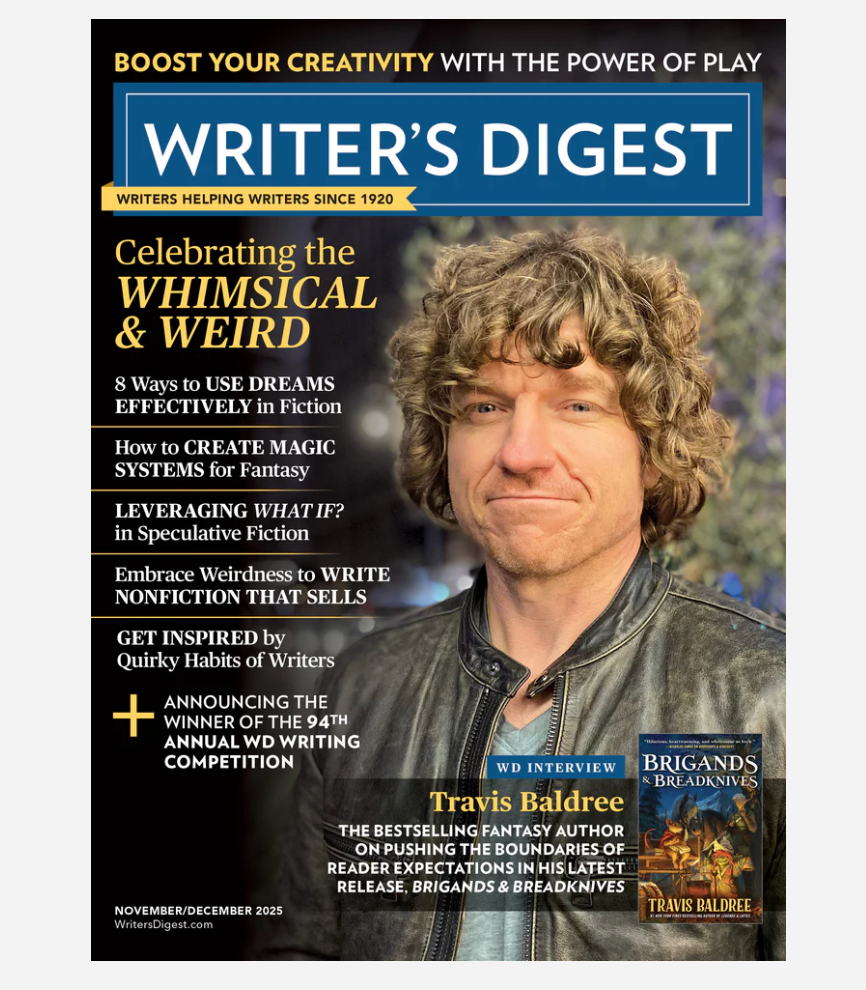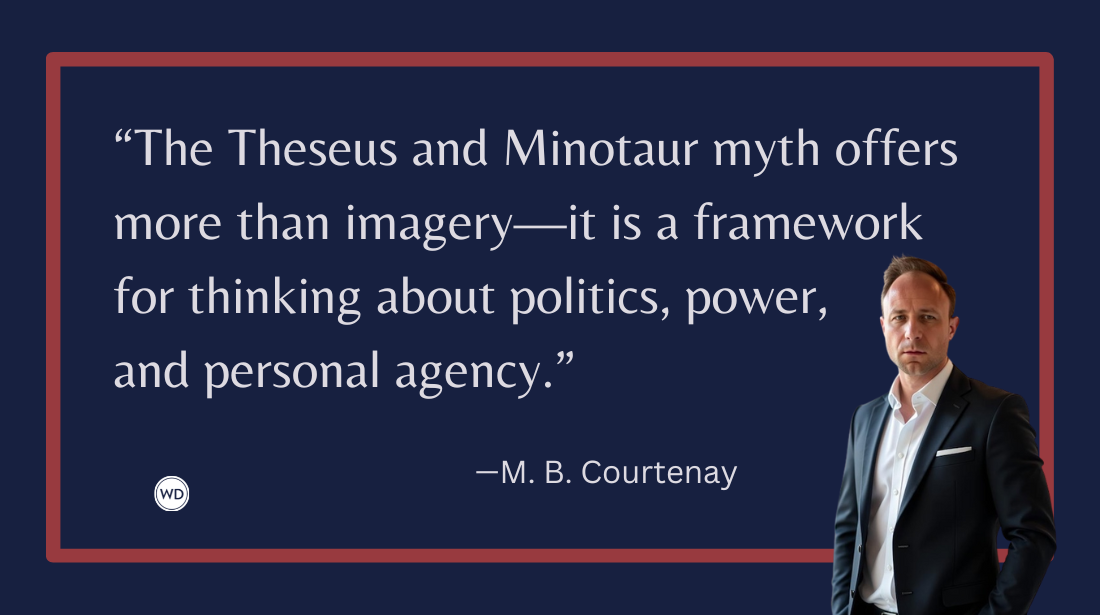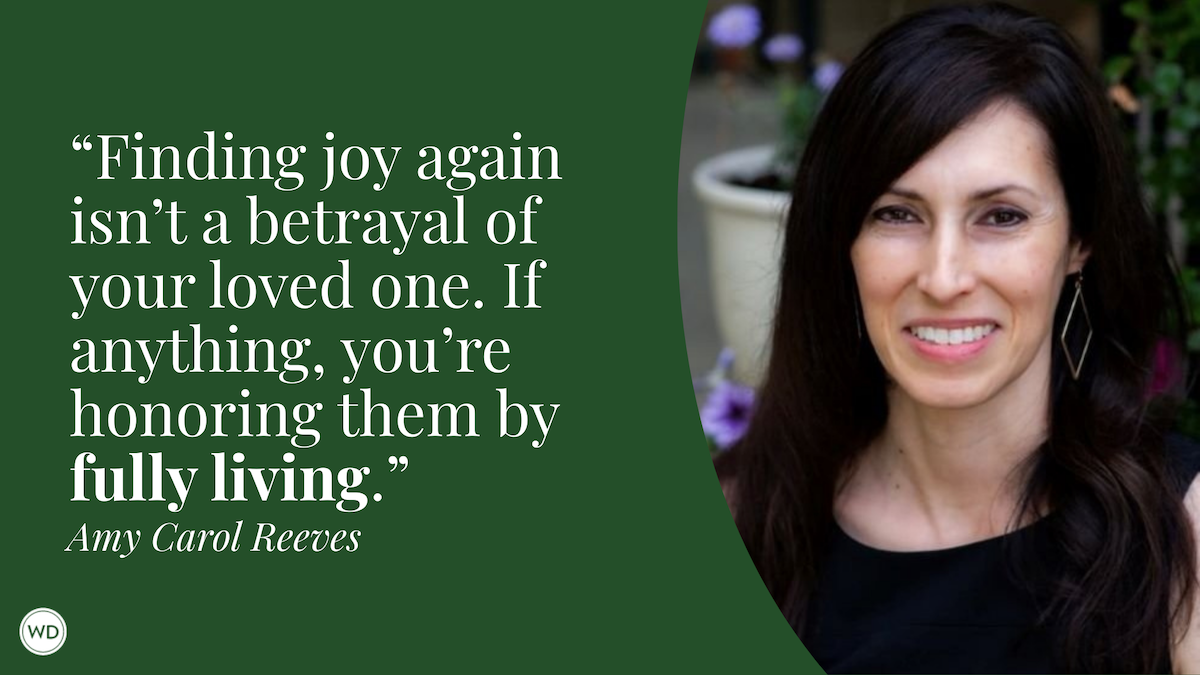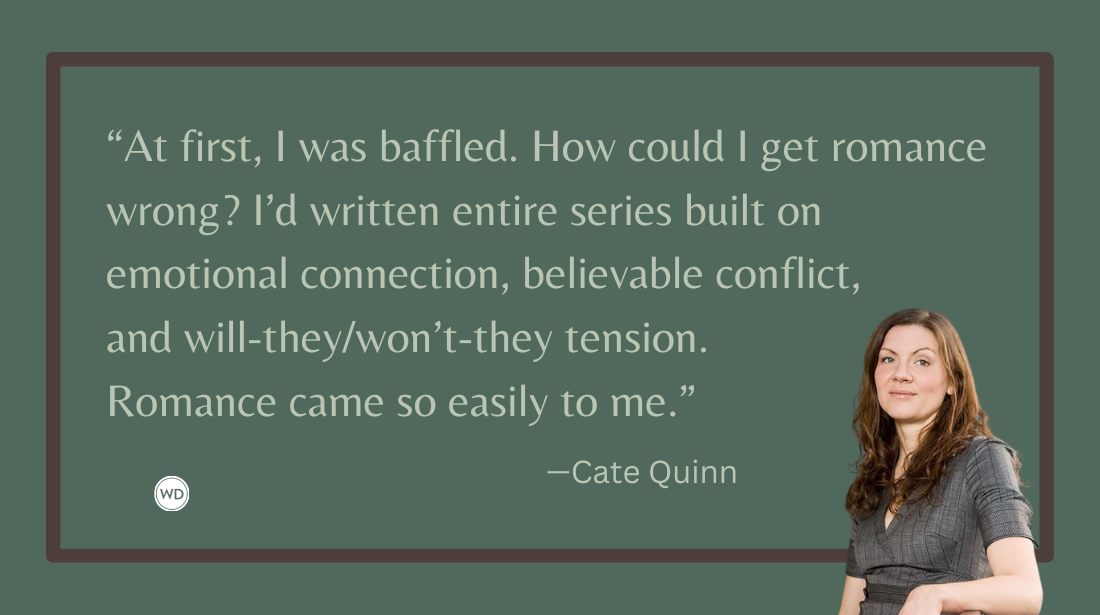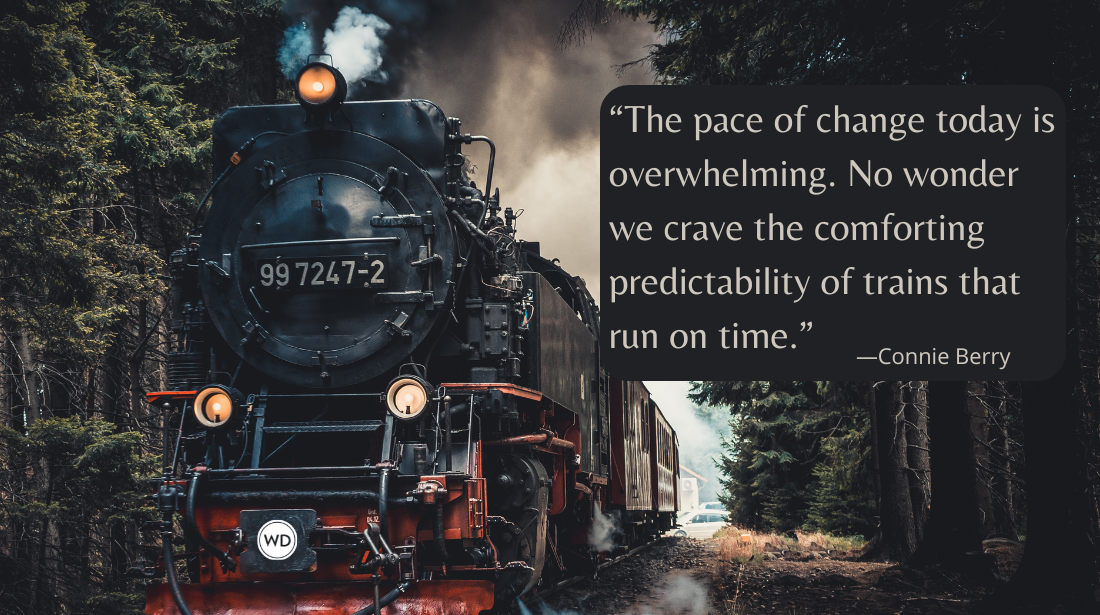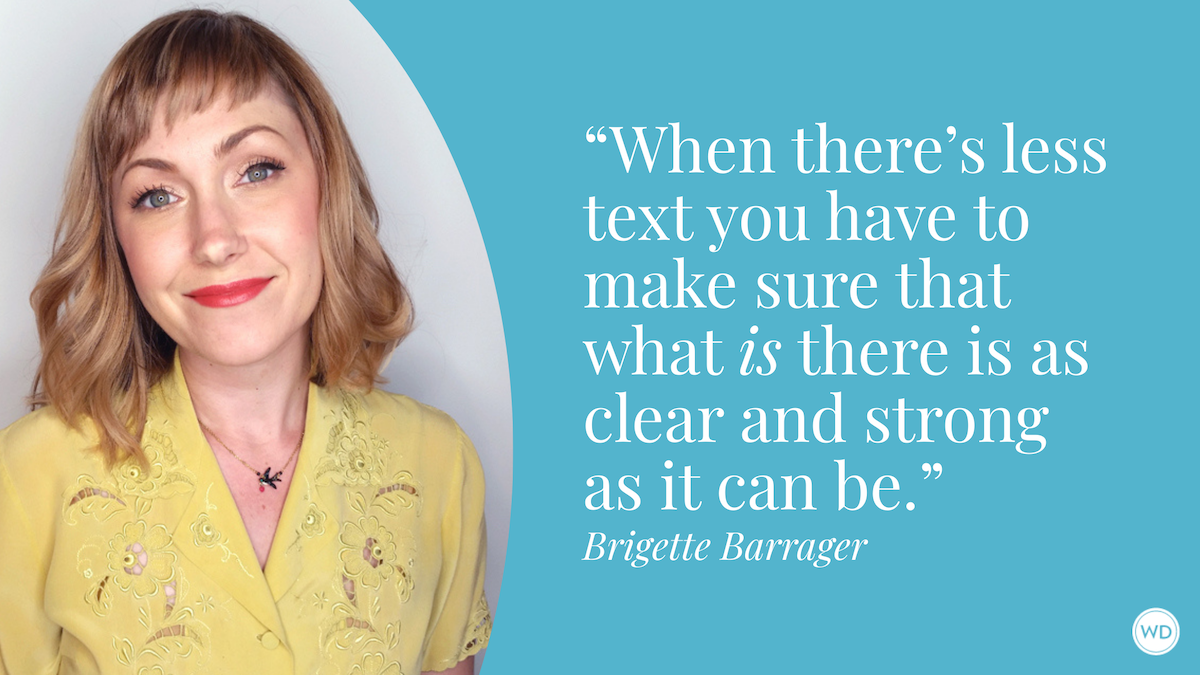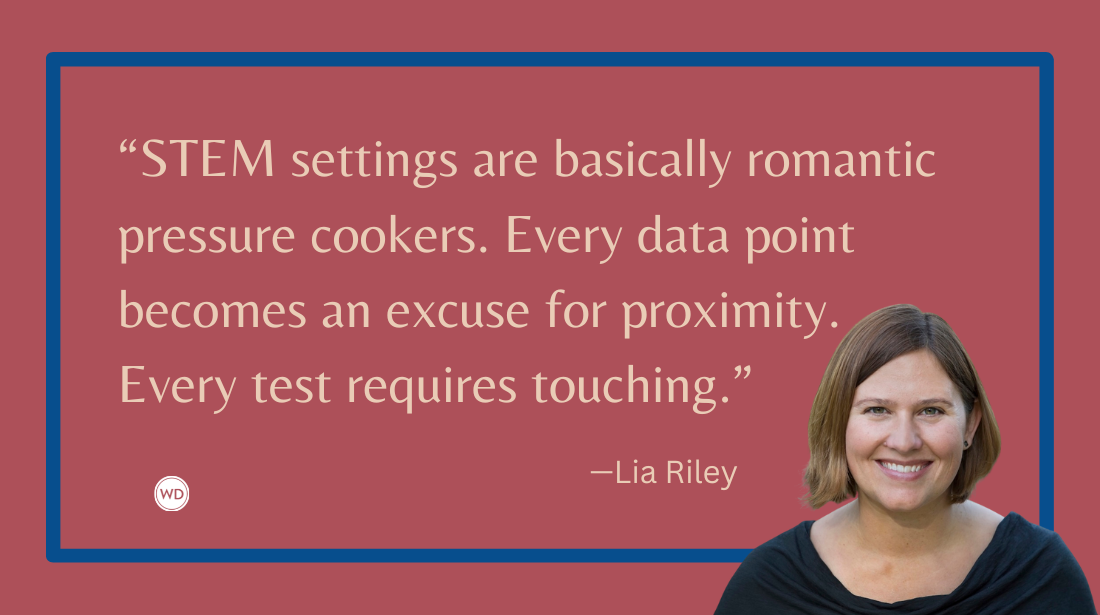Pacing for Emotional Impact in Fiction: Building Tension and Release in a Novel
Bestselling author RaeAnne Thayne discusses the importance of pacing for emotional impact in fiction, along with five practical pacing tips.
In storytelling, pacing isn’t just about how fast or slow your story moves. It’s about how you guide your readers through the emotional landscape of your novel. Skillful pacing can build suspense, deepen emotional investment, and deliver satisfying resolutions. When mastered, it transforms a simple sequence of events into a compelling, emotionally resonant journey.
Pacing is the rhythm at which your story unfolds—the flow of scenes, information, and tension to maintain reader interest. Pacing is not static. It varies throughout a novel to evoke different emotional responses in your readers. Fast-paced sections generate excitement and urgency, while slower moments foster reflection and intimacy. The mastery lies in balancing these speeds to heighten emotional impact, building tension when necessary, then releasing it for catharsis or relief.
One of the primary ways to increase tension is through rapid pacing. Short, staccato sentences and word choices, quick scene shifts, and a heightened sense of urgency can make the reader feel the weight of a ticking clock or impending danger. Gradually raising the stakes—revealing small threats that escalate—keeps readers hooked.
Cliffhangers are a classic tool for maintaining momentum. Ending a chapter or scene on a question or unresolved scenario compels readers to continue. For example, leaving a protagonist at the edge of a crisis or revealing a startling secret creates suspense that is released only when the story catches up again.
While adrenaline-pumping scenes are vital, writing novels with emotional depth often requires slowing the tempo. Moments of reflection, dialogue, or character development should unfold at a more leisurely pace, allowing readers to connect with characters’ internal struggles. Alternating between high-octane sequences and tender, introspective moments enhances emotional resonance.
Strategic pacing also highlights key emotional milestones. These slower scenes create a space for readers to internalize characters’ emotions, making subsequent rapid scenes hit even harder.
The culmination of tension built throughout the story is the payoff for readers. A well-timed release—a slow unraveling back into calm or a sudden, impactful revelation—provides emotional payoff. Rushing through this resolution can diminish its power, while dragging it out too long may sap momentum.
5 Practical Tips for Managing Pacing
- Vary sentence and scene lengths. Short, punchy sentences and word choices accelerate pace. Longer sentences slow it down.
- Strategize scene and chapter breaks. Use these to create natural pauses or cliffhangers, a chance for your readers to catch their breaths before you plunge them into the next accelerating action.
- Introduce cliffhangers appropriately. Save them for pivotal moments to maximize suspense.
- Control information flow. Withhold key details to maintain mystery. Revealing secrets gradually keeps readers invested in your story.
- Balance action with reflection. Mix fast and slow scenes to sustain emotional engagement without overwhelming or underwhelming readers.
Pacing is a difficult skill to teach and an even more difficult skill to master. The best advice I can offer when it comes to pacing (as well as all other aspects of fiction writing!) is to study those writers whose books consistently grip you from the very first page. When I first started out on this writing journey more than 35 years ago, I was given fabulous advice I still follow. When I find a book I love, I read it twice in a row, once for pleasure and once to try to analyze why the story worked so well for me. Books that keep you up all night have so many lessons to teach. Study how the author paced emotional scenes vs. action scenes. What cliffhangers, secrets, and revelations kept you invested in the story, page after page?
Pacing is the heartbeat of a compelling novel. When used intentionally, it guides your readers through a thrilling, satisfying roller coaster ride, with small bumps leading to bigger hills until they reach that final stomach-clenching ascent toward the plunge of the dark moment and then the happily-ever-after slowing down to the ride's exit.
As a writer, experimenting with rhythm and timing can make your storytelling more immersive and more powerful and can keep your readers emotionally invested in your characters and their journey.
Check out RaeAnne Thayne's Snow Kissed here:
(WD uses affiliate links)
New York Times, USA Today and #1 Publishers Weekly bestselling author RaeAnne Thayne finds inspiration in the beautiful northern Utah mountains where she lives with her family. Her stories have been described as “poignant and sweet,” with “beautiful, honest storytelling that goes straight to the heart.” RaeAnne’s books have won numerous honors, including six RITA Award nominations from Romance Writers of America and Career Achievement and Romance Pioneer awards from RT Book Reviews. Her latest novel, The December Market, published from Canary Street Press on October 8, 2024.


